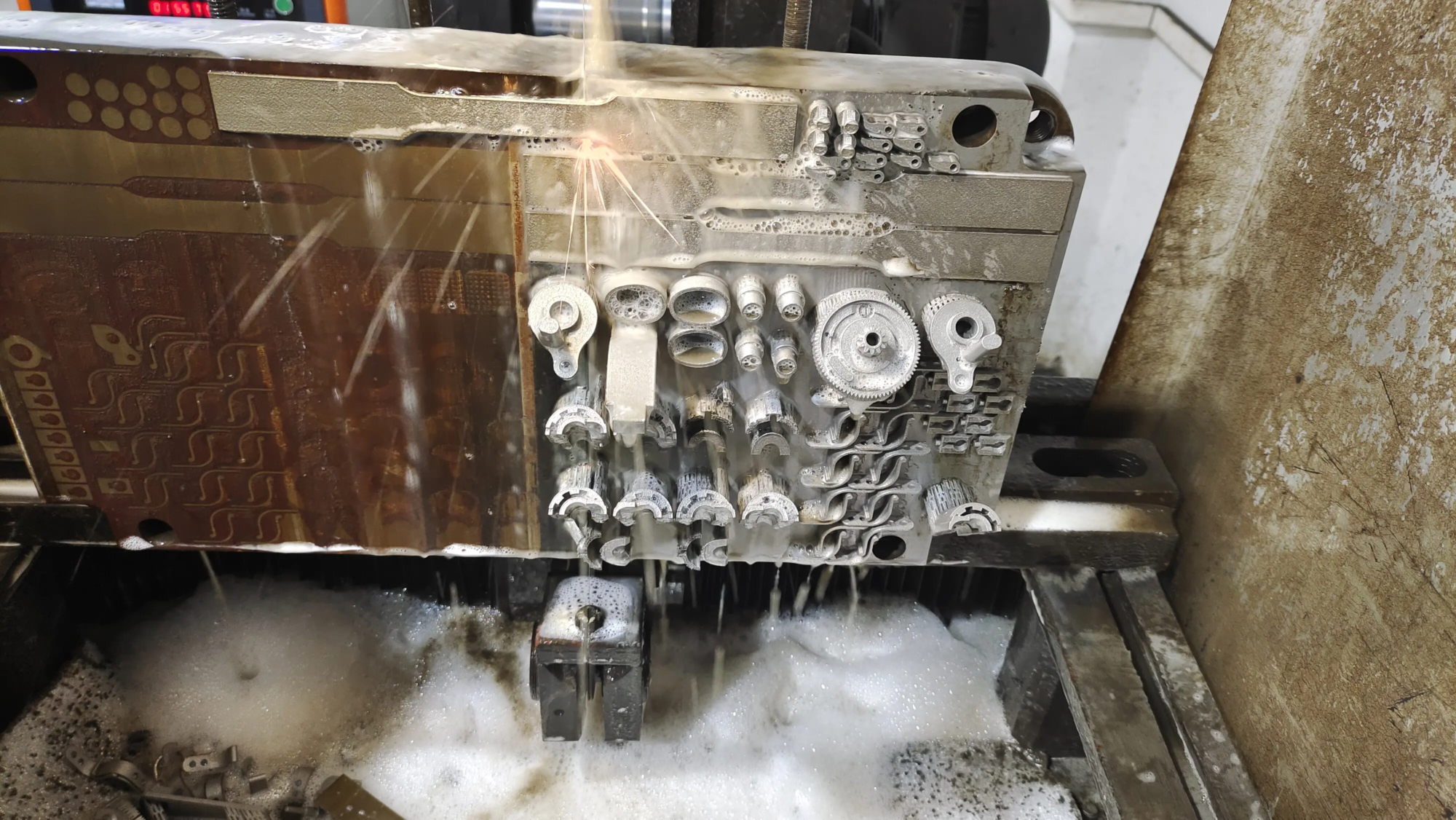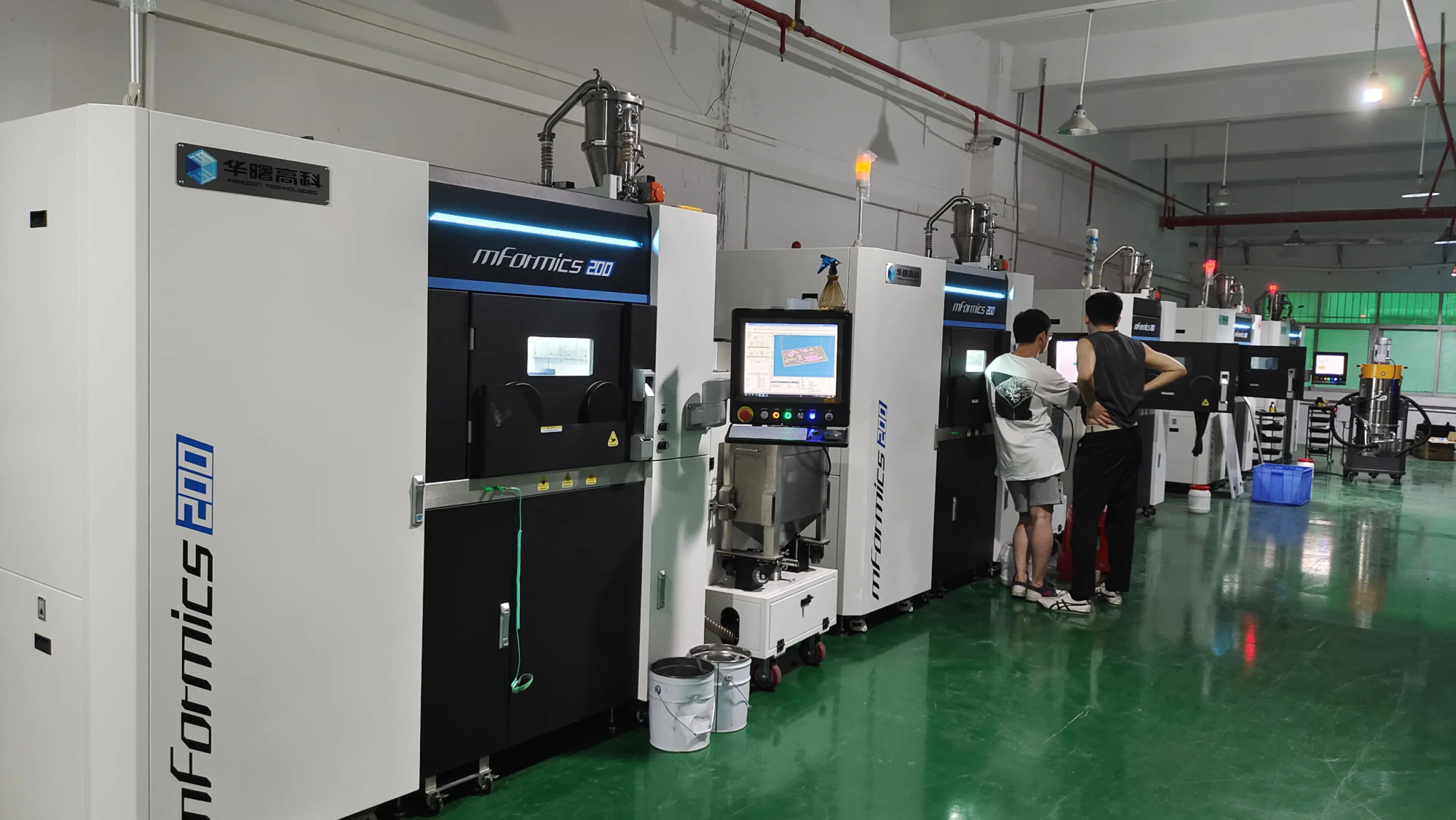The world of 3D printing is growing rapidly, and one of the most exciting developments in the field is the emergence of meat 3D printing. This innovative technology has the potential to revolutionize the way we produce and consume meat, providing sustainable, efficient and customizable solutions to the meat industry. In this article, we will dig into the meat 3D printing world and explore its benefits, applications and future prospects.
Meat 3D printing, also known as cell agriculture or clean meat, involves the use of animal cells to create meat products. This process usually involves the following steps: cell selection, cell culture and cell printing. The cells used for 3D printing of meat can come from a variety of animals, including cattle, pigs, and chickens. These cells are then cultured in a controlled environment (such as a bioreactor) and multiplied to produce biomass that can be used as the basis for meat production.
The 3D printing process involves the use of a bioproducer that deposits cell-based biomass layer by layer into specific patterns or shapes to create the desired meat product. This process can be used to create a wide variety of meat products, including complex structures such as burgers, sausages, and even steaks. The final product not only resembles traditional meat in taste and texture, but also offers several advantages, including reducing environmental impact, improving food safety and improving customizability.
One of the most important benefits of meat 3D printing is its potential to reduce the environmental impact of the meat industry. Traditional animal agriculture is an important contribution to greenhouse gas emissions, deforestation and water pollution. In contrast, meat 3D printing requires much less land, water and feed to produce the same amount of meat, making it a more sustainable option. In addition, meat 3D printing can help reduce food waste by allowing the production of customized meat products that meet the needs of specific consumers.
Meat 3D printing also provides improved food safety benefits. Traditional animal agriculture is often associated with zoonotic risks, such as salmonella and E. coli, which can be transmitted to humans through contaminated meat. Meat 3D printing eliminates this risk by using cells from a controlled environment that do not have disease. Furthermore, the 3D printing process allows precise control of cell growth and differentiation, thereby reducing the risk of contamination and ensuring consistent quality of the final product.
The customization of meat 3D printing is another important advantage. Traditional meat production is often restricted by restrictions on animal breeding and slaughter. In contrast, meat 3D printing can create customized meat products that meet specific consumer needs, such as reduced fat content, increased protein content, or specific texture and flavor profiles. This level of customization can help meet a variety of consumer needs, including consumers with dietary restrictions or preferences.
Although meat 3D printing is still in its early stages, several companies and research institutions are actively developing the technology. Some of the major players in the field include companies such as Memphis Meat, Just and Mosa Meat, which have used 3D printing technology to produce cell-based meat products. These companies are working to expand production, reduce costs and improve the taste and texture of their products.
In short, meat 3D printing is a revolutionary technology with the potential to change the meat industry. Its benefits include reducing environmental impacts, improving food safety and improving customizability, making it attractive to consumers, producers and the environment. Although challenges remain, the future of meat 3D printing looks promising, with several companies and research institutions working to develop and commercialize the technology.
FAQ:
Q: What is meat 3D printing?
A: Meat 3D printing, also known as cellular agriculture or clean meat, involves the use of animal cells to create meat products using 3D printing technology.
Q: How does meat 3D printing work?
A: Meat 3D printing usually involves the following steps: cell selection, cell culture and cell printing. The cells used for meat 3D printing can come from a variety of animals and are then cultured and multiplied in a controlled environment, and then printed into the desired shape.
Q: What are the benefits of 3D printing of meat?
A: The benefits of meat 3D printing include reducing environmental impact, improving food safety and improving customizability. Meat 3D printing requires much less land, water and feed to produce the same amount of meat, making it a more sustainable option. It also reduces the risk of zoonotic diseases and allows the creation of customized meat products.
Q: Is meat 3D printing commercially available?
A: Although meat 3D printing is still in its early stages, several companies are already using 3D printing technology to produce cell-based meat products. These products are not widely available yet, but several companies are working to expand production and reduce costs.
Q: How does the taste and texture of meat 3D printing compare to traditional meat?
A: The taste and texture of meat 3D printing is similar to traditional meat, but can be customized to meet specific consumer needs. Several companies are working to improve the taste and texture of their products, and some have reported positive feedback from consumers.
ISO 9001 Factory





